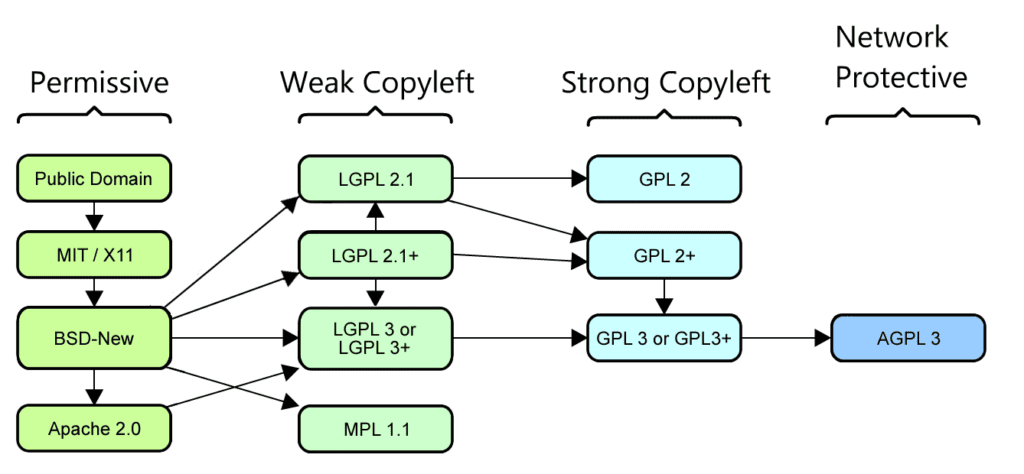Open source components have become an important part of the software development process. We can build better products faster using open source libraries and packages.
Though open source components are really useful and reduce our development efforts, we have to consider some important facts about them. We have to take care of the license terms, dependencies, and vulnerabilities of each component. Each open source library used in our product must be secure and compliant with our company’s policies. But how do we do this?
The answer is software composition analysis (SCA) tools. SCA tools automatically detect open source libraries and packages used in your code and help you with open source inventory management.
Inventory Management for Open Source Components
It is crucial to identify which open source libraries and packages are used in a product. We need to maintain a complete list of the open source components used in our application. If we want to manage open source security, licensing, and compliance, we must have complete visibility into open source code usage in our application.
Open source inventory contains details about the open source components like their name, version used in our application, latest version, license, known vulnerabilities, terms and conditions, etc. We have to keep the details of these open source components up to date.
It can become really difficult and time-consuming to track your open source usage manually. You need automated tools to manage the inventory. Automated tools that support most popular languages and frameworks are very useful for organizations to track open source components accurately across projects.
Since inventory management involves searching hundreds of sources to track information such as versions and licenses, inventory management across multiple projects becomes a really complex task.
You also have to consider the policy of your organization for open source usage. Let’s take an example. Your company has a policy regarding open source component’s license. You are not allowed to use any open source code without a license. So you must maintain license details in your open source inventory for each and every open source component. There are also automation tools for this which can help you enforce your organization’s open source policy.
Inventory reports are really helpful for your organization to keep you up to date with the list of vulnerabilities in your application and its dependencies. Inventory reports can also help you track license issues with your third party open source components and keep you aligned with your organization’s open source policy.
Risks of Not Managing Open Source Dependencies
Security
Not keeping track of dependencies can lead to forgetting which packages need to be updated from vulnerable versions. Some of them may be outdated and can contain security weaknesses that have been patched in updated versions, but require you to update your library as well. Not following up on security updates can make your application vulnerable to well-known attacks.
Performance
Using old dependencies from previous projects just because of familiarity can mean that you miss out on performance optimization that would have taken place in the latest versions of those packages. So, your application may not be able to reach peak performance.
Compliance
Software projects are bound not only to the licenses of its direct dependencies, but also to the licenses of any transitive dependencies. This means it’s important to keep track of all your dependencies and their licenses so that your company doesn’t run into problems with incompatible software licenses.
Conclusion
In this article, we have learned how we can make our product or application safe by managing inventory for open source components. We can generate various inventory reports which can help us tracking vulnerabilities and license issues in open source components. Inventory reports are also helpful to follow our organization’s open source policy. Managing open source inventory manually is very tedious and time consuming.




































